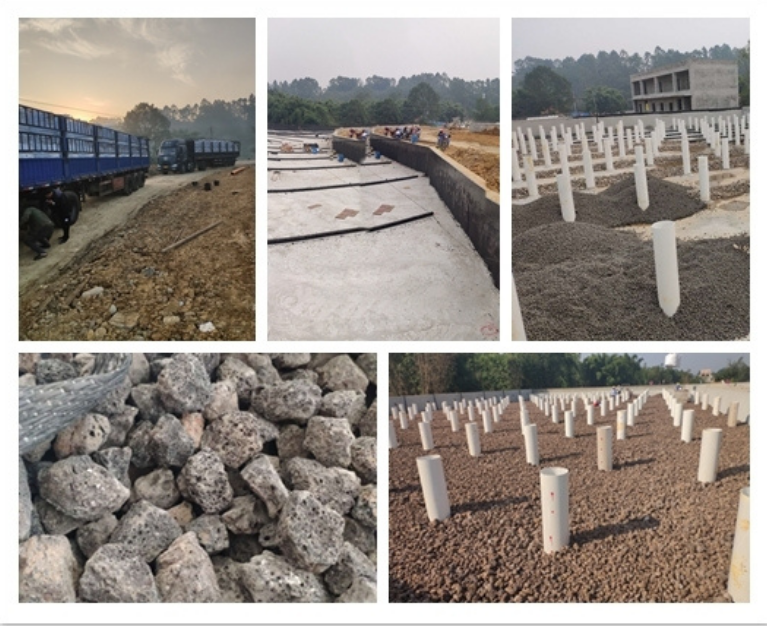
micro silica for concrete
Micro Silica for Concrete Enhancing Performance and Durability
Micro silica, also known as silica fume, is an amorphous form of silicon dioxide (SiO2) that is produced as a byproduct in the manufacturing of silicon metal or ferrosilicon alloys. This fine, powdery material has gained significant attention in the field of construction, particularly in concrete technology, due to its remarkable physical and chemical properties. When integrated into concrete mixes, micro silica contributes to improving the performance, durability, and overall sustainability of concrete structures.
Micro Silica for Concrete Enhancing Performance and Durability
In addition to improving strength, micro silica also contributes to increased durability. It is well-known that concrete is vulnerable to various forms of degradation, including corrosion of steel reinforcement, sulfate attack, and alkali-silica reaction (ASR). The addition of micro silica helps mitigate these issues by forming a more compact microstructure and reducing permeability. This lowered permeability limits the ingress of harmful substances, such as chlorides and sulfates, thereby extending the lifespan of concrete structures. Additionally, the pozzolanic reaction of micro silica with calcium hydroxide (produced during the hydration of cement) generates additional calcium silicate hydrate (CSH), further enhancing durability.
micro silica for concrete

Another significant advantage of micro silica is its environmental impact. The use of silica fume in concrete can reduce the amount of cement required in a mix, which is beneficial from both an economic and ecological perspective. Cement production is a major contributor to carbon dioxide emissions, and by replacing a portion of cement with micro silica, the carbon footprint of concrete can be significantly lowered. This not only leads to more sustainable construction practices but also addresses the growing concerns about environmental responsibility in the building industry.
Moreover, micro silica can improve the workability of concrete. Although it is highly absorbent due to its fineness, when used correctly, it can enhance the flow and ease of placement of concrete mixtures. This is particularly beneficial in applications involving complex formwork or intricate designs, where achieving a smooth finish is crucial. However, it is important to monitor the water-cement ratio accurately, as an excess of water may negate the benefits of micro silica.
Despite its advantages, the use of micro silica does present some challenges. Proper handling and mixing are essential, as its fine nature can lead to dusting and inhalation hazards. Furthermore, the proper dispersion of micro silica in the concrete mix is critical to achieving the desired performance characteristics. Therefore, it is advisable to engage professionals who are experienced in handling silica fume to ensure the correct formulation and application.
In conclusion, micro silica is a valuable additive in the field of concrete technology, offering numerous benefits such as enhanced strength, durability, and sustainability. Its ability to improve the performance of concrete makes it a suitable choice for a variety of applications, from high-performance structures to environmentally conscious projects. As the construction industry continues to evolve towards more sustainable practices, the incorporation of micro silica into concrete mixes will likely become increasingly prevalent, contributing to the development of resilient and efficient infrastructure.
Share
-
Fly Ash Solutions Enhanced by GPT-4 Turbo | Sustainable InnovationNewsAug.01,2025
-
Natural Premium Bentonite Cat Litter - Superior ClumpingNewsJul.31,2025
-
Premium Resin Coated Sand - High Heat Resistance CastingNewsJul.31,2025
-
High Quality Silicon Carbide Grit for Abrasive ApplicationsNewsJul.30,2025
-
High-Quality Ceramsite for Plants & Gardening | Lightweight PebblesNewsJul.29,2025
-
Premium Burgundy Glass Marbles for Vases & Shooter GamesNewsJul.29,2025






